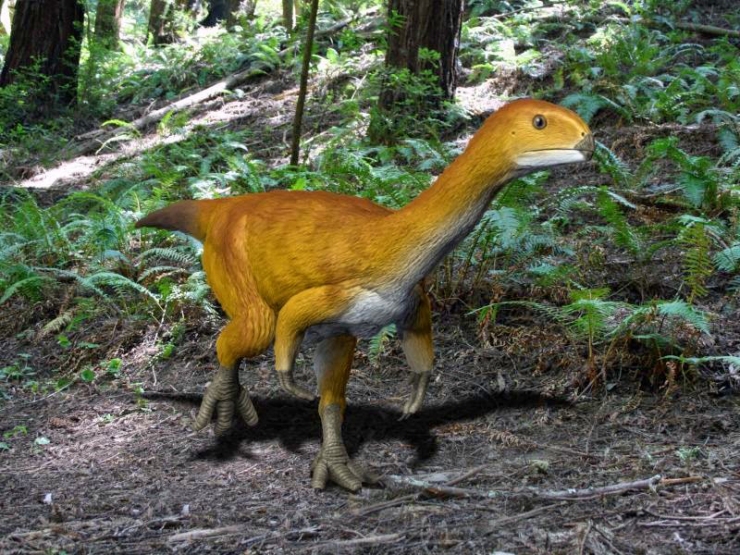Well then, it looks like we have had our first reply to the paper on Chilesaurus that Paul Barrett and I published last year in Biology Letters:
(http://rsbl.royalsocietypublishing.org/content/13/8/20170220)
So what did they say?
Well, a team of people, led by Müller et al., took the original dataset that we had uploaded with our manuscript and reanalysed it. What Müller et al. found in their analyses was that, for some reason, Chilesaurus came out as a basal sauropodomorph and not as an ornithischian, as we had previously found. This then meant that this bizarre taxon had now been placed in each of the three major dinosaurian lineages.
Here is their reply in Biology Letters:
http://rsbl.royalsocietypublishing.org/content/14/3/20170581?intcmp=trendmd
So why did this happen?
Well, after we saw Müller et al.’s results, we had a long hard look at our datasets… Another colleague of our had raised a similar point by this time, and so we set about getting to the bottom of it.
We repeatedly reran our analyses and we consistently recovered Chilesaurus as the earliest diverging ornithischian, and so we were stumped as to what was happening…
We looked at the dataset as presented in Baron et al. 2017 and the data we used to get our results, as well as the dataset that we had uploaded with our paper on Chilesaurus, and eventually it clicked. After a fair bit of reanalysing, testing, and looking through the various versions of the dataset, line by line, we realised that the version we had supplied wasn’t the same version that we had used to get our result!
As it turns out, the dataset that we had uploaded with our own manuscript had a number of errors in the coding of certain taxa. How these errors were introduced in the first place we do not know. Presumably during the course of converting file to and from TNT, Nexus and Text formats, something shifted in a column, or was deleted or added accidentally; the kind of random mutation that, in genetics, is the main driver of evolution. Not ideal for science though, where you hope that others can reproduce your results using your data…
Anyway, with the cause of the disagreement in results realised, we then set about writing our response to Müller et al., which was published alongside their initial comment. You can read it here:
http://rsbl.royalsocietypublishing.org/content/14/3/20180002
With the correct dataset being used, Chilesaurus does indeed fall out as an ornithischian, as we originally hypothesised.
This fell in line with the results presented in two other studies that used a later version of the Baron et al. 2017 dataset too, which were weirdly both published in Historical Biology almost simultaneously. You can access here and here.
So, debate settled?
Not in the slightest!
There is still much more to be said and done before this debate abates. First off, I want to figure out why Chilesaurus was recovered so far within Theropoda in the first place, and what this might mean for our understanding of theropod and ornithischian evolution, especially if a version of the Ornithoscelida hypothesis is correct.
For now, lets just conclude by saying Chilesaurus is weird! Very weird!
by
Dr Matthew Grant Baron
Further reading:
https://www.cam.ac.uk/research/news/study-identifies-dinosaur-missing-link
https://www.theguardian.com/commentisfree/2017/aug/17/chilesaurus-dinosaur-discovery-family-tree
http://www.bbc.co.uk/news/science-environment-40890714
p.s. for those of you who mocked me for my pronunciation of Chilesaurus on the radio and TV interviews that I did after our first paper came out… It is pronounced Chee-lay, and I’m not your friend anymore!

Image credit: Nobu Tamura

4 thoughts on “Chilesaurus – what is it?”
Comments are closed.